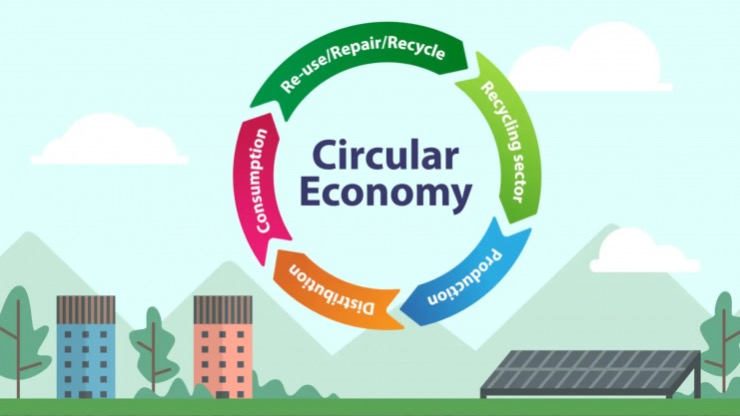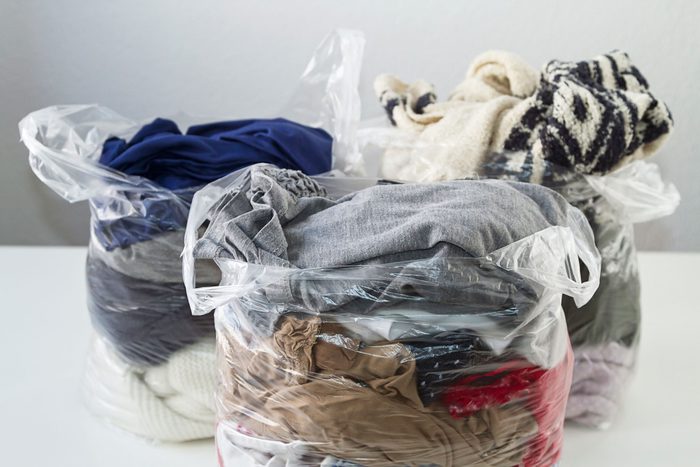Circular economy
A circular economy approach can be beneficial in transitioning away from the take, make, dispose model that is often common in various industries globally. The circular economy action agenda highlighted the need for a shift away from the linear economic system. Since 1970 resource use has tripled and more increases are expected if there is not a transition away from business as usual. Key areas of a circular economy are the prevention of waste and pollution and an emphasis is placed on keeping products and materials in use. The Circular Economy Action Agenda draws attention to the requirement for governments, businesses, researchers, consumers and civil society to work together in solving the waste problem.

Circular fashion
The fashion industry is valued at over one trillions euro and is an integral part of daily life. However, the use of lots of chemicals and resources, as well as the working conditions in the industry has highlighted problems with fashion. It is also the case that garments in good condition are discarded leading to significant waste problems. A circular economy approach is necessary for this industry, a shift to renewable materials, increased longevity, and recycling of garments reduces the pressure on natural resources and waste facilities. Each year clothing valued at over €389 billion is wasted.

Circular jeans
Jeans are a type of pants made from denim or dungaree cloth. They first came on the scene in 1873, however they were invested as working clothes but have since evolved into a popular fashion item. Jeans are one of the fashion industry’s biggest offenders when it comes to the environment; it takes almost one thousand gallons of water to produce one pair of jeans. In order for jeans to become more sustainable, a circular economy approach is required. This addresses issues along the supply chain. Recyclability can be improved by using safer materials that can be disassembled instead of more complex blends of different fibres. A focus on renewable natural fibres is required to improve the sustainability. There are a number of initiatives in place by different brands and organisations aiming to make jeans more sustainable and brands are trying to move away from the unsustainable history of denim. AG jeans are currently working on moving towards reducing water consumption during manufacturing and design stage. Recycling over 99% of the water as well as replacing stone washing and sanding with laser techniques to finish the jeans has lead to a major reduction in water use. Warp + Weft another denim brand uses half the amount of dye and energy as traditional processes by adapting an ultra absorbent tencel and up cycled plastic and old denim (Ilyashov, 2019). MUD jeans has pioneered a circular economy model for jeans by introducing a leasing system with 3 options after a year of use, 1) swap for another pair and continue leasing, 2) keep the jeans and continue use and 3) end the relationship , return he jeans and get a voucher. These jeans are made from 40% recycled denim and 60% organic cotton. Once returned, items are sold as vintage pieces after cleaning and repair. These jeans also have a naturally vintage look. Products that are un-repairable are recycled (Ellen MacCarthur Foundation)
By adapting these greener alternatives globally, denim can move towards a more sustainable, circular future.
References
Platform for Accelerating the Circular Economy. Available online at: https://pacecircular.org
Ellen MacCarthur Foundation. Fashion and the circular economy. Available online at: https://archive.ellenmacarthurfoundation.org/explore/fashion-and-the-circular-economy
Ilyashov, A. (2019) Denim Is Destroying the Planet. Available Online at:https://www.instyle.com/fashion/eco-friendly-denim-jeans-brands